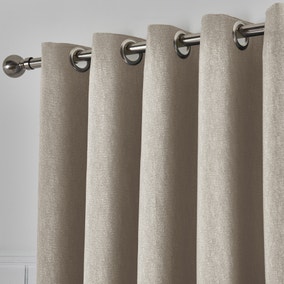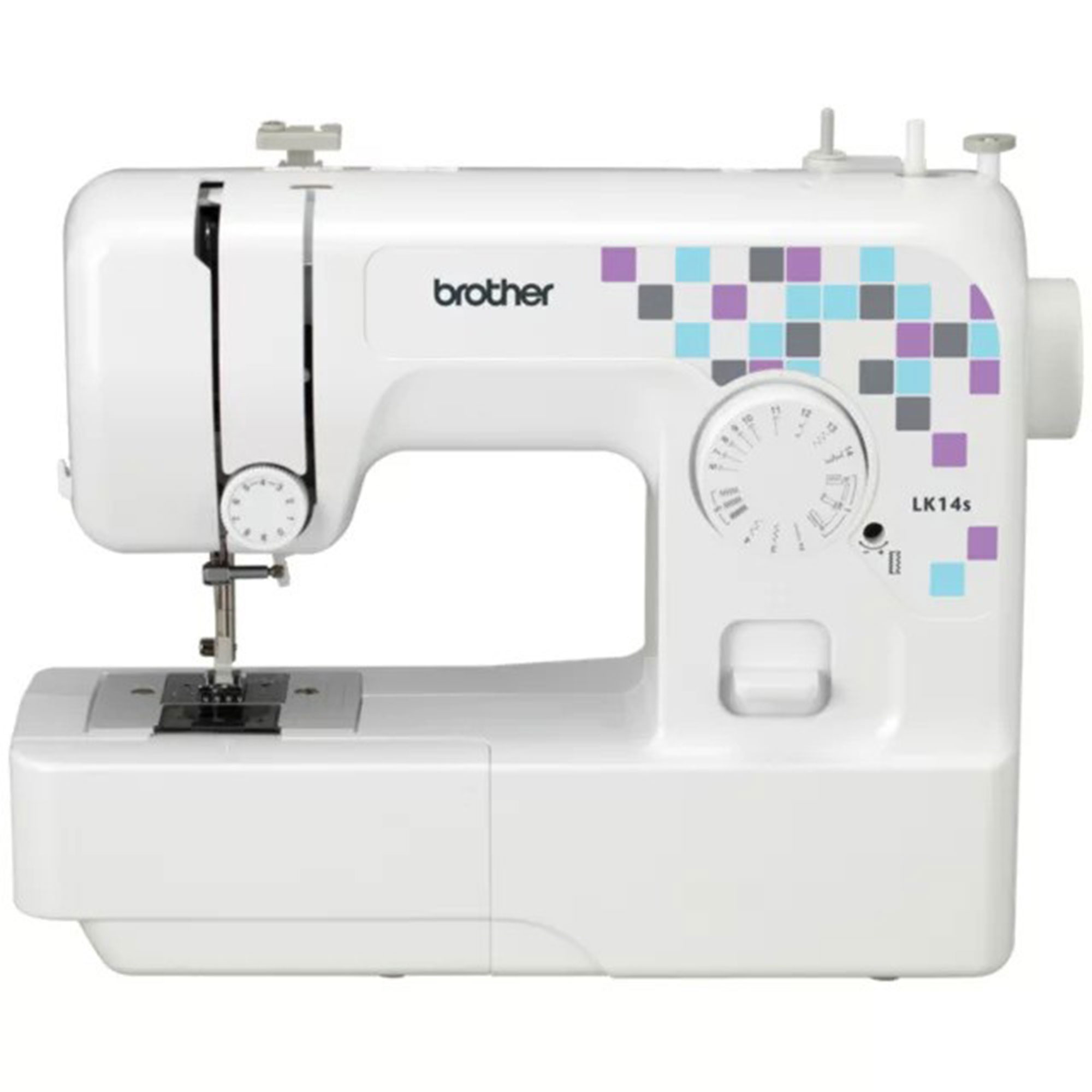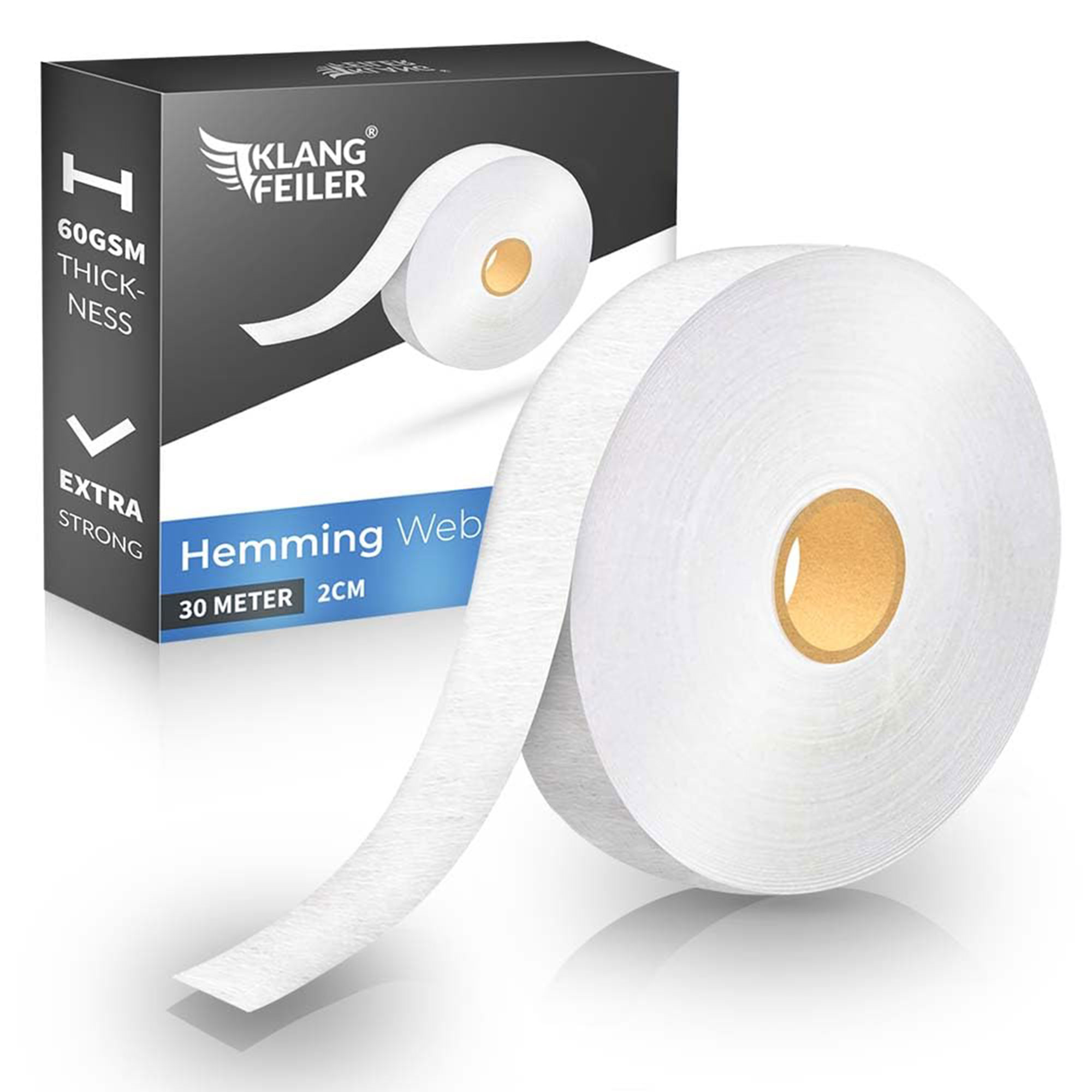How to shorten curtains yourself - even if you don't have a sewing machine
Experts explains how to shorten curtains using a sewing machine or the no-sew method with hemming tape


When buying ready-made curtains it can often be hard to find the right length for your windows, so it's good to know how to shorten curtains. On the plus side, it's a super easy job that you can even do without sewing, but if you're handy with a sewing machine it's a relatively quick project.
Plain curtains tend to be easier to shorten than patterned as you won't have to line up with the design and they can be a bit more forgiving if things aren't quite straight, so take this into account when looking at curtain ideas.
The quickest way to shorten curtains is by using hemming tape, which is also a good idea if you're not confident at sewing. 'Speaking from experience, hemming tape can be an incredibly handy tool for shortening curtains,' explains Tim Green, Founder at Archway Joinery.
'Be sure to follow the product instructions closely, checking that you're abiding by proper heat setting and sealing practices, if you want to achieve a clean and durable finish. For a neat and professional look, make sure you've pinned the fabric securely before using any adhesives.'
How to shorten curtains
There are a few things you can do to make the job easier. 'When you’re measuring and cutting curtains, use a large surface such as a dining table so you can lay the fabric out nice and flat,' advises Ryan McDonough, interior design expert at MyJobQuote.co.uk. 'Also, using pins with bobbled, coloured heads makes them easier to see and remove.'
What you will need
- Curtains Try Dunelm for a wide selection of curtains
- Tape measure
- Pins
- Sewing machine and thread The Brother LK14S Sewing Machine from John Lewis is a good budget buy
- Hemming tape, available on Amazon for £5 (if not stitching in place)
1. Work out the right length
To begin, you want to decide on the length you want your curtains to be. If they are covering a window with a sill, you need to decide whether your curtains end at the sill or if you want them to hang slightly longer.
For floor length curtains you have the choice of them sitting just above the floor or letting them puddle a little. Once you've made the decision, it's time to measure your curtains.
Get the Ideal Home Newsletter
Sign up to our newsletter for style and decor inspiration, house makeovers, project advice and more.
'An easy way to determine how short you want your curtains is to hang them up first and pop a pin in where you’d like them to come down to,' explains Ryan.
'Then, take your curtains down and measure the distance from the bottom of the curtain to the pin. Make a note of this and take the pin out. This length is how much your curtains need shortening by.'
Once you've checked your measurements, fold the fabric over twice up to the new length, (you want a hem of around 1.5in), iron and pin in place so you have a neat fold. If you are shortening your curtains by a lot, you can cut away any excess fabric to ensure you have the correct size hem.
If you have a sewing machine, attach thread in a matching colour to your curtains and stitch to secure in place, removing the pins as you go.
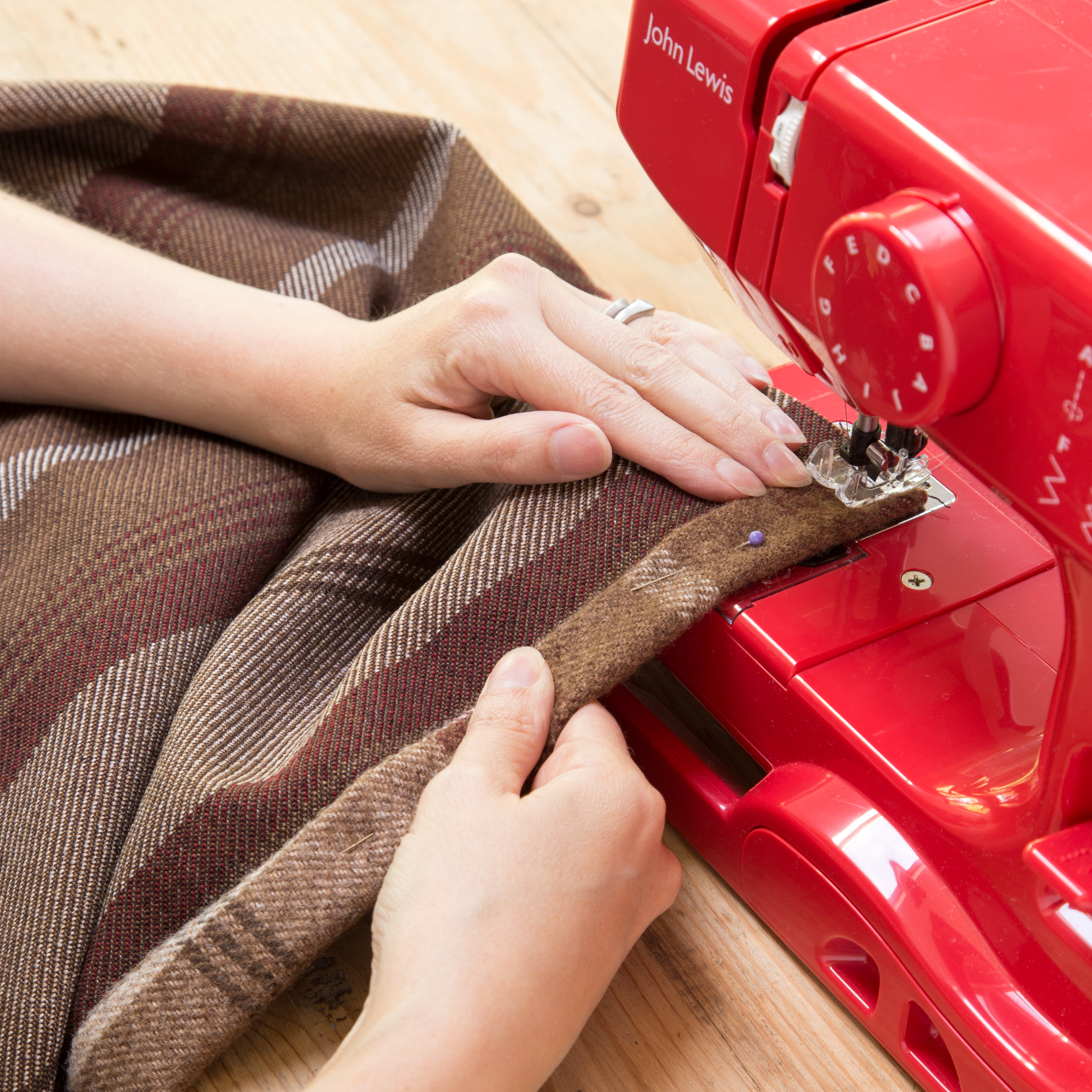
2. How to shorten pleat curtains
When it comes to shortening pencil pleat curtains, you will need to take a slightly different approach. 'For pencil pleat curtains, it’s best to shorten the material from the top,' advises Ryan. 'This will ensure that the neat, professionally sewn hem on the bottom – which people are more likely to see – remains intact.'
It can be a bit more fiddly than shortening other curtains, but with the right tools it's easily done. 'You’ll need to remove the heading tape,' explains Ryan. 'Using an unpicking tool known as a seam ripper will speed this process up and should prevent you from nicking the fabric with scissors.'
You'll then need to determine the new length of the curtains. 'From the top of your curtain, measure down to the length you need the curtains shortening by and pop a pin in at that point,' says Ryan. 'Do this along the width of your curtain and fold the material over, so the pins are now at the top.'
'After folding over the top of the curtain, run an iron over the fabric,' advises Ryan. 'This ensures your fold is flat and crease-free, so you get a neat finish when you sew it up.'
Once you have folded over the fabric, it's time to reattach the heading tape. 'Now pin your heading tape back on over the top of this fold,' says Ryan. 'Sew along the top of the header, so it’s securely attached to your curtain. Before you sew the bottom part of the header, flip it up and cut off any excess curtain material, so the cut end is hidden underneath your header tape.'
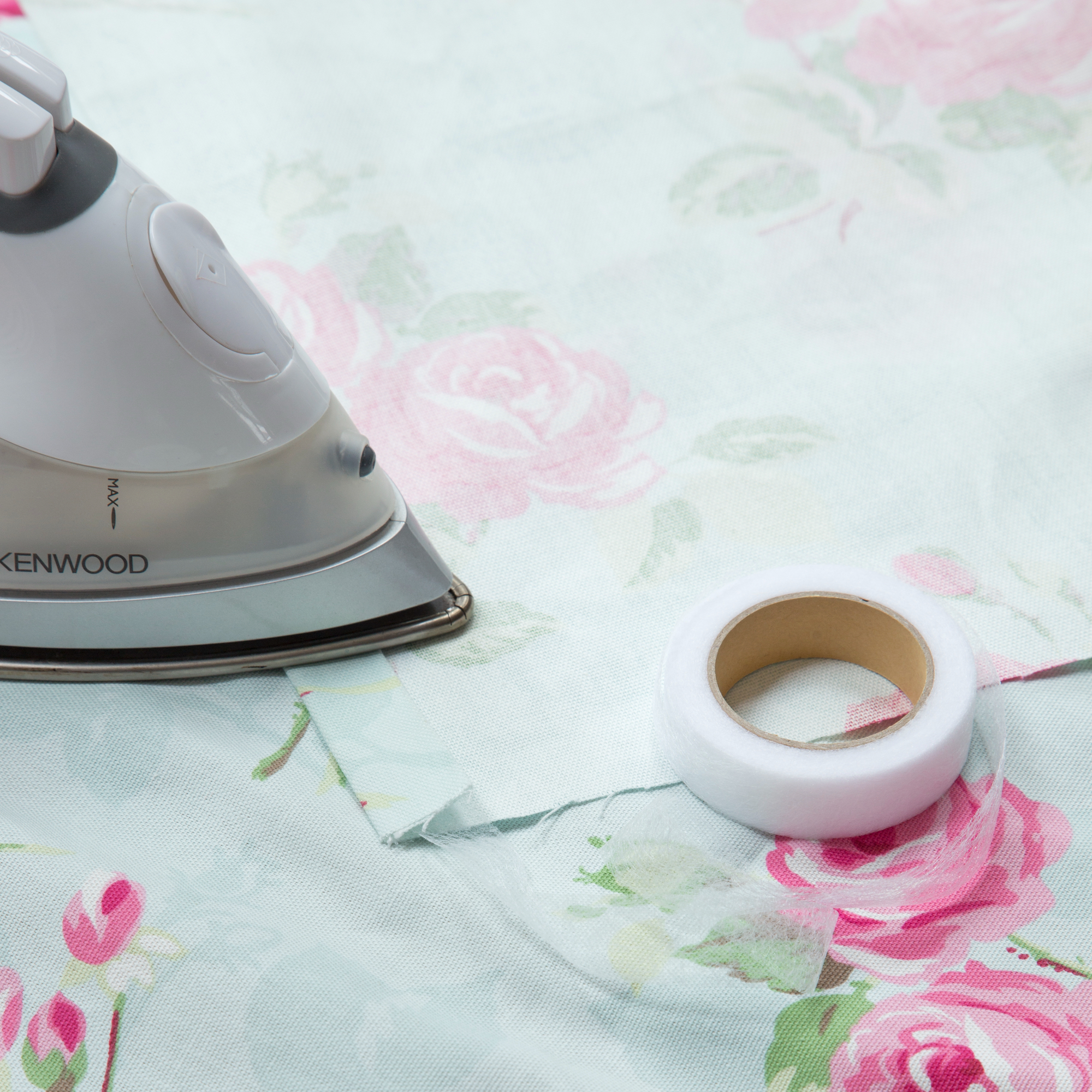
3. How to shorten curtain with hemming tape
If you want to shorten your curtains without sewing, then you can easily do this by using hemming tape instead. 'You can shorten a curtain without even lifting a sewing needle,' says Tim. 'All you have to do is get your hands on some fabric glue or iron-on hem tape. Simply measure and mark out your desired length, then fold and secure the hem with the glue or tape.'
Like before, the key to successfully shortening curtains is making sure you measure them carefully. 'For the best result, always measure your curtains twice before cutting, as this will mitigate the risk of mistakes,' adds Tim. 'If you're worried about aesthetics, I suggest you steam or iron the hem afterwards until it looks appropriately polished.'
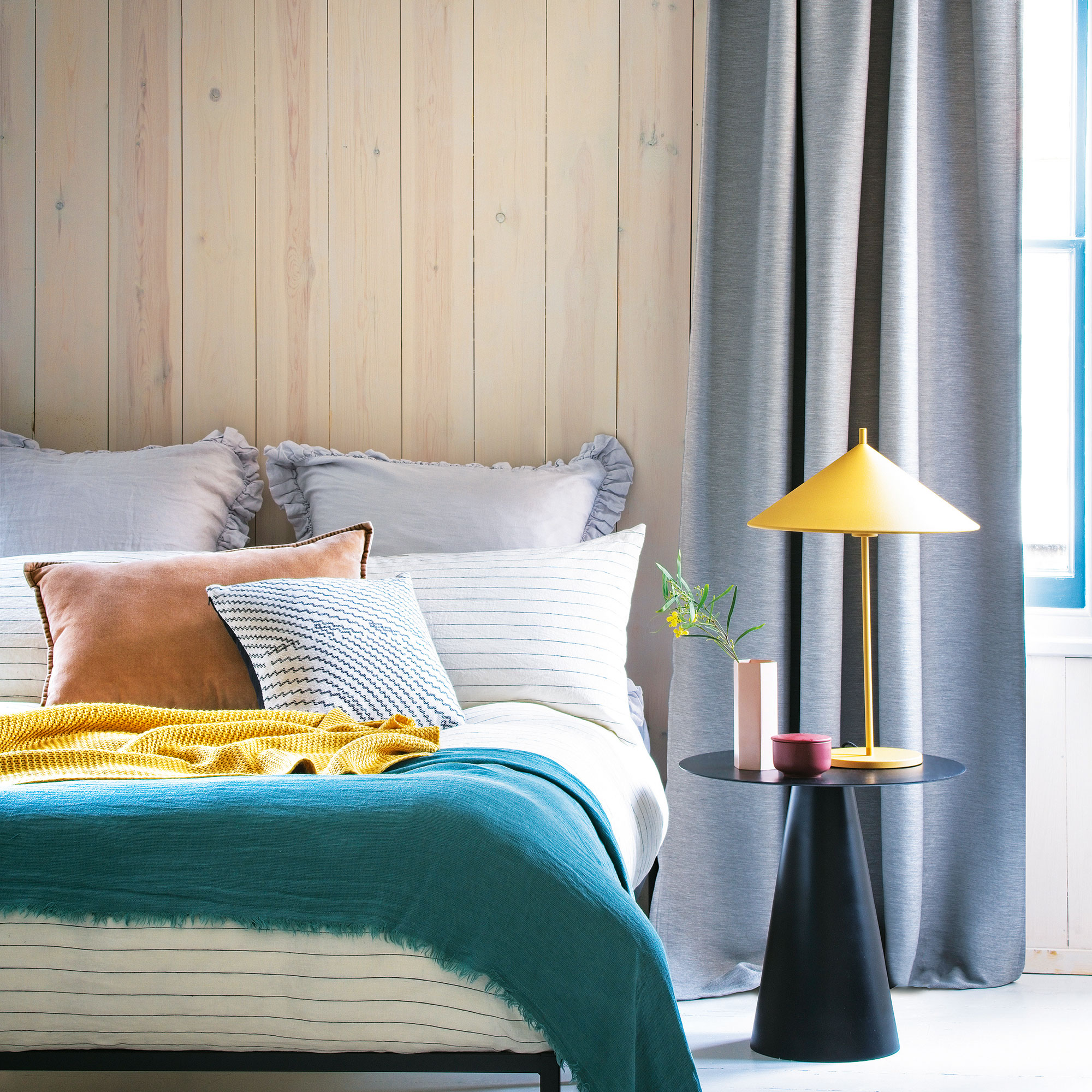
FAQs
How do you shorten a curtain without sewing?
'If you don’t want to do any sewing, it’s best to shorten curtains from the bottom,' says Ryan. 'Mark out where you want to cut the material, leaving at least a few centimetres extra for your new hem. Mark or pin where you need to fold the bottom of the curtain to create your new hem and iron along the fold. Now take some hemming tape and pop this inside the fold and iron again to stick it down.'
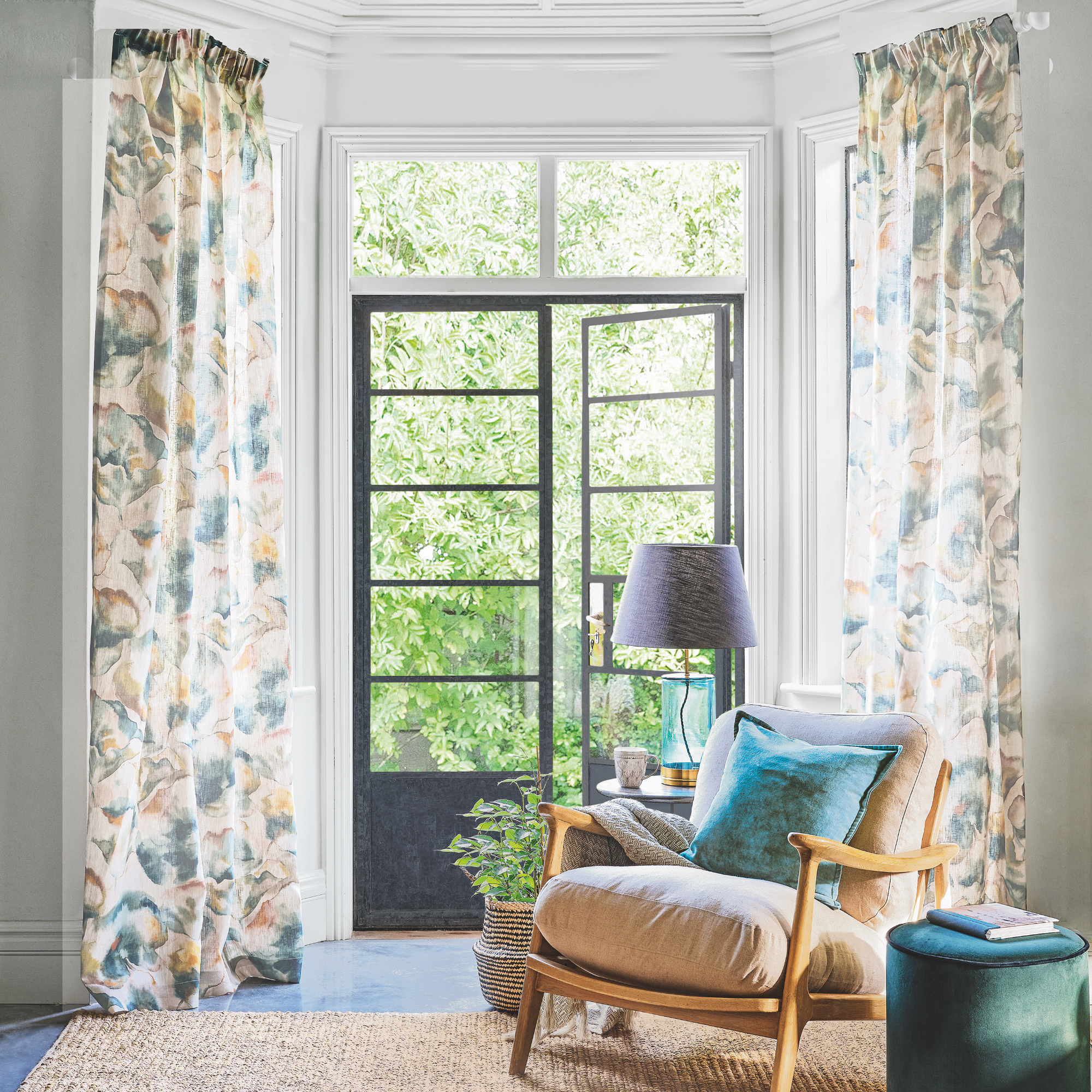
Can you use hemming tape to shorten curtains?
'Hemming tape is an easy alternative to sewing your curtains. However for thick or heavy fabrics, you’ll find sewing is the best method,' says Ryan. 'If you don’t want to do this yourself, you could use a local alterations service. This is likely to cost between £25 and £40, depending on the type and size of curtains.'

Amy Hodge has been working on interiors magazines for over 11 years. She's a freelance writer and sub editor who has worked for some of the UK's leading interiors magazines including Ideal Home, Style at Home and Country Homes & Interiors. She started at Style at Home just after it launched as food editor and is now chief sub editor for Ideal Home, Style at Home and Country Homes & Interiors.
-
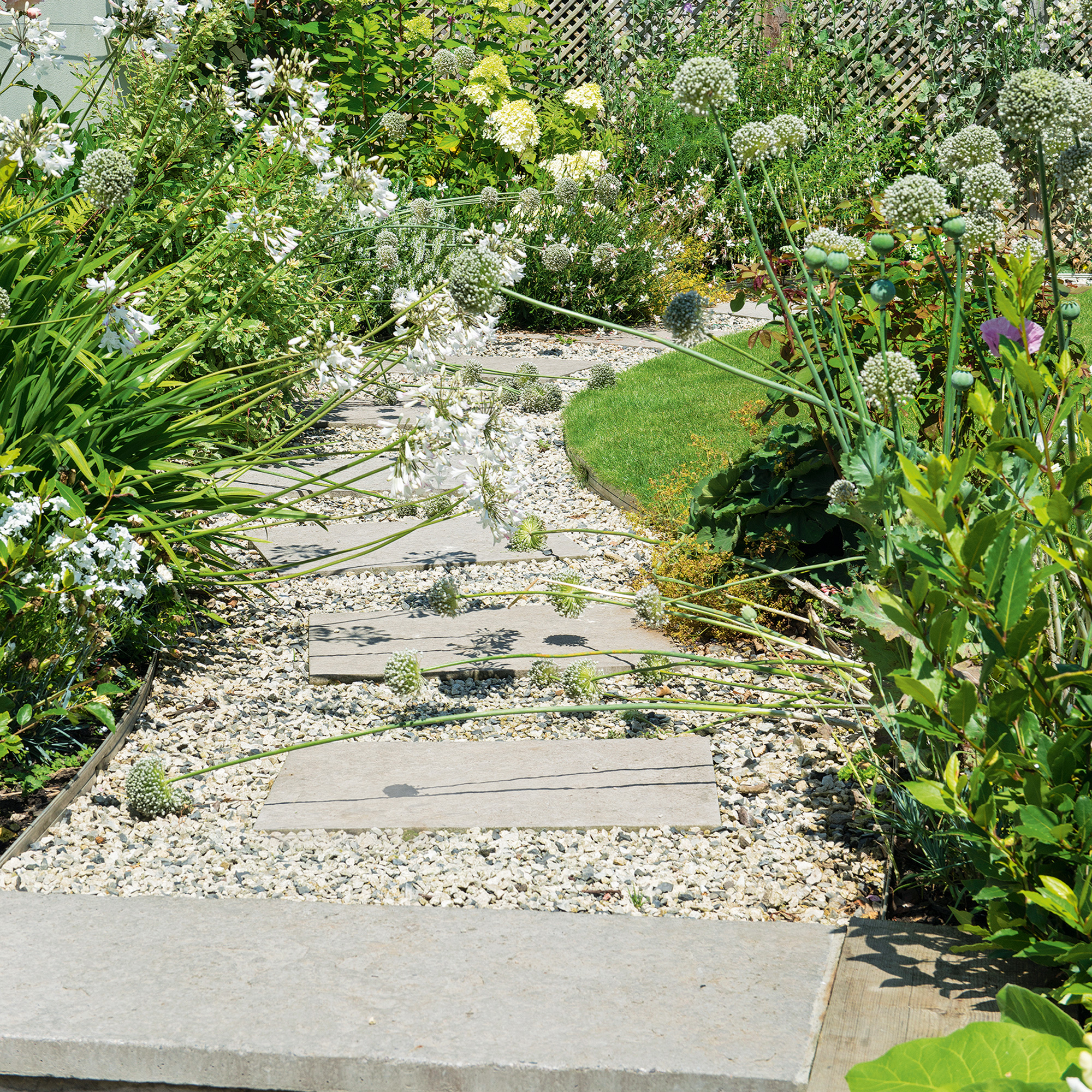 5 brilliant budget alternatives to paving slabs that won't cost the earth
5 brilliant budget alternatives to paving slabs that won't cost the earthLooking to pave your garden on a budget? Try these stand-ins...
By Sophie King
-
 Want to cook like Jamie Oliver? Here's the top-rated pan from his collection
Want to cook like Jamie Oliver? Here's the top-rated pan from his collectionJamie's collaboration with Tefal has led to this casserole dish getting the best user reviews I've ever seen
By Molly Cleary
-
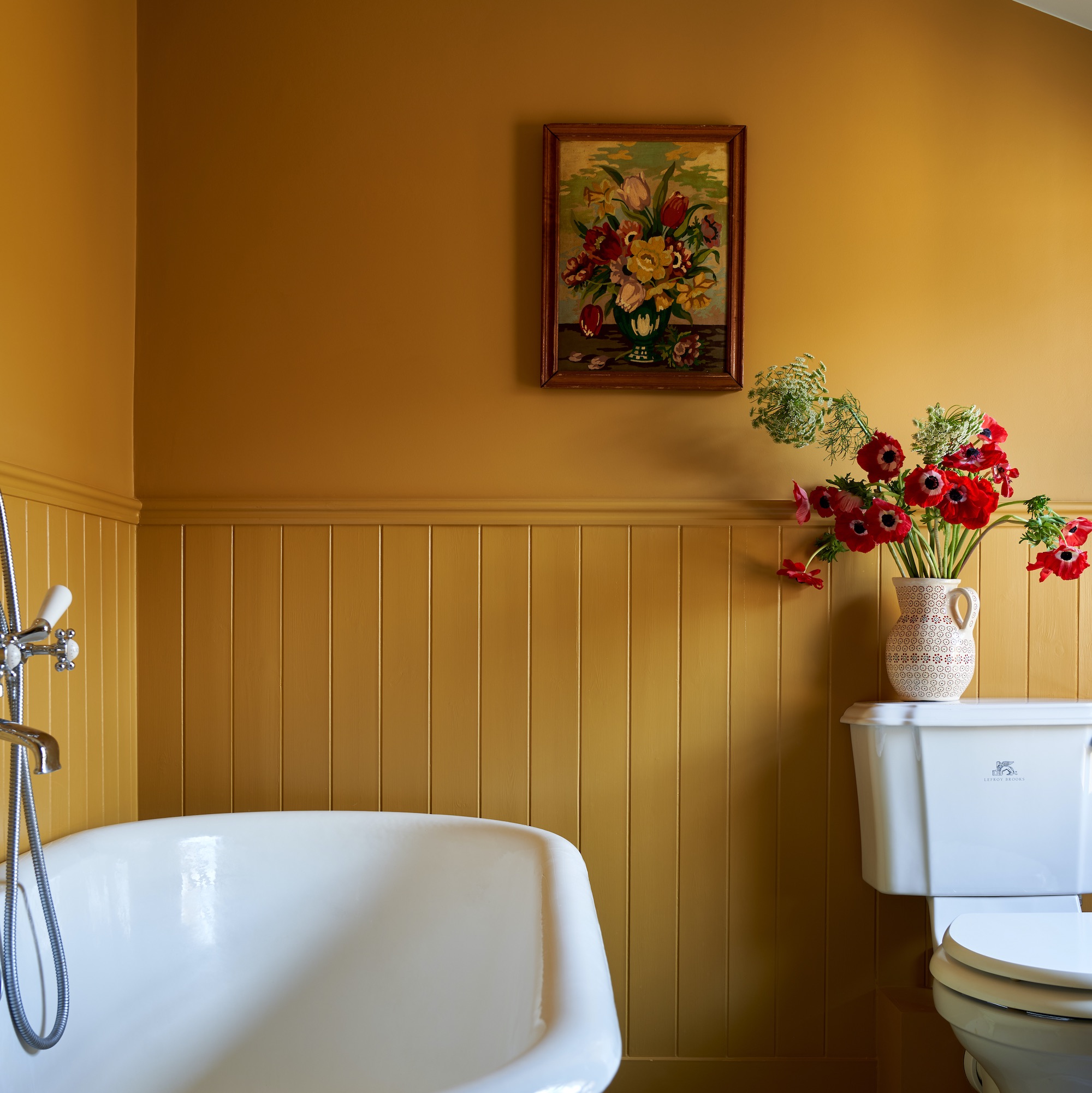 7 best colours to paint a windowless bathroom that will transform the mood of a dark wash space
7 best colours to paint a windowless bathroom that will transform the mood of a dark wash spaceA bathroom without a view needn’t sink your plans for a warm and welcoming retreat
By Linda Clayton
